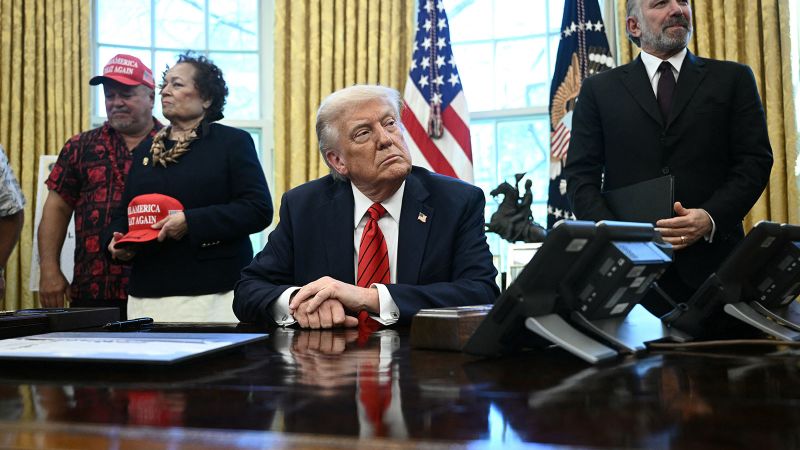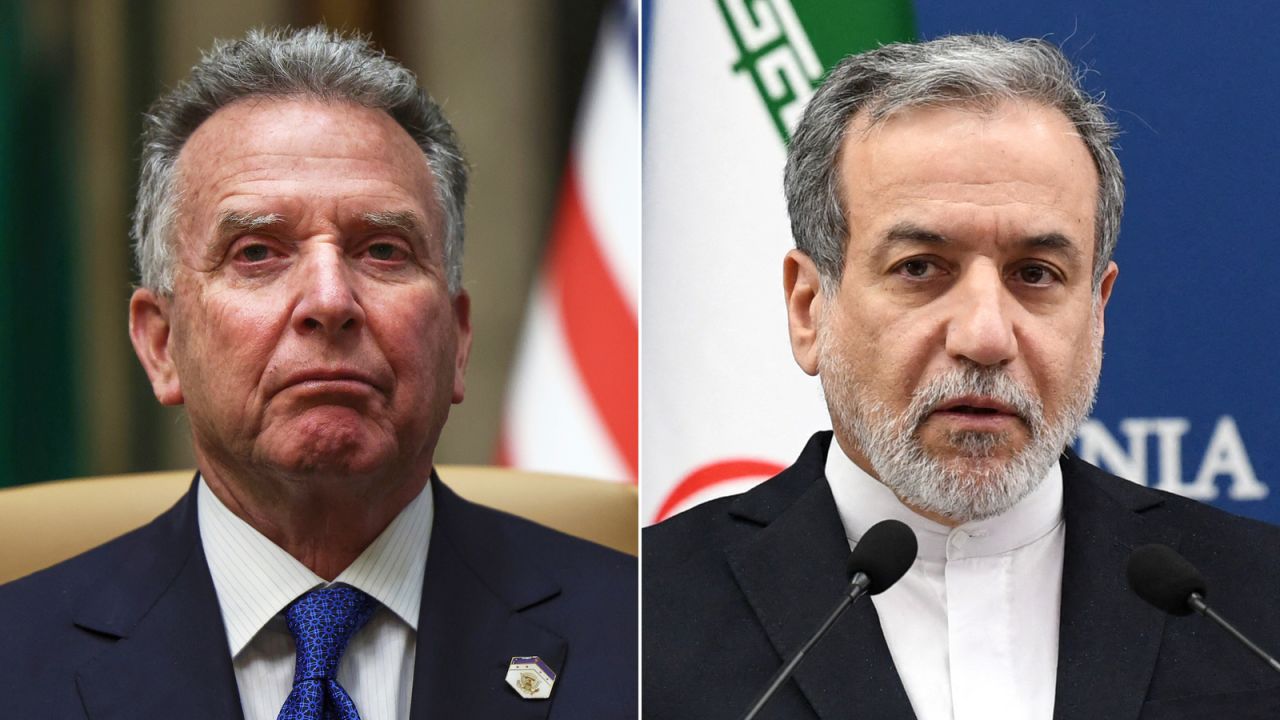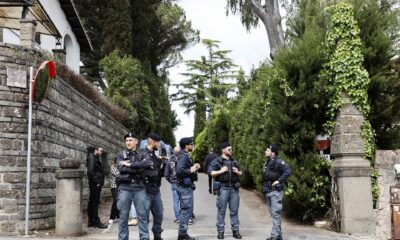New York
CNN
—
Gin and vodka aren’t the only alcohols that will feel the pain of a 200% tariff on European-made products — so will your favorite bottles of Bordeaux and Chianti.
Wine, which already dealt with an 8% drop in US sales last year, was hit with another blow this week when President Donald Trump threatened another round of tariffs set to go into effect in April.
A “vast majority will struggle to manage these added expenses,” Francis Creighton, CEO of the Wine and Spirits Wholesalers of America (WSWA), said in a statement. “At the end of the day, these tariffs if implemented won’t just hurt our industry — they will directly raise prices for American consumers.”
Imported wine and spirits encompass 35% of revenue of all US sales in the alcohol market, meaning that all aspects of cocktails and wines ordered at restaurants or purchased at retailers will “rise significantly” if the tariffs go into effect, the trade organization warned.
The “rising costs will cause some consumers to stay at home, hurting the bartenders, servers and other bar and restaurant workers who depend on customer traffic for tips and shift hours,” Creighton said.
If tariffs are implemented, drinkers might have to shift their allegiance to American-made wines.
“I’m sure some (wine) purists would disagree with me, but I definitely think that almost anything you can find in Europe, you can find a great equivalent here in the United States,” Allison Luvera, co-founder and CEO of California-based Juliet Wine, told CNN.
One reason is America’s diverse climate and soils, she said.
“When you have a country as big as ours, with so much diversity of where we can produce wine, inevitably you’re going to find pockets that match the great wine-growing regions in Europe,” said Luvera.
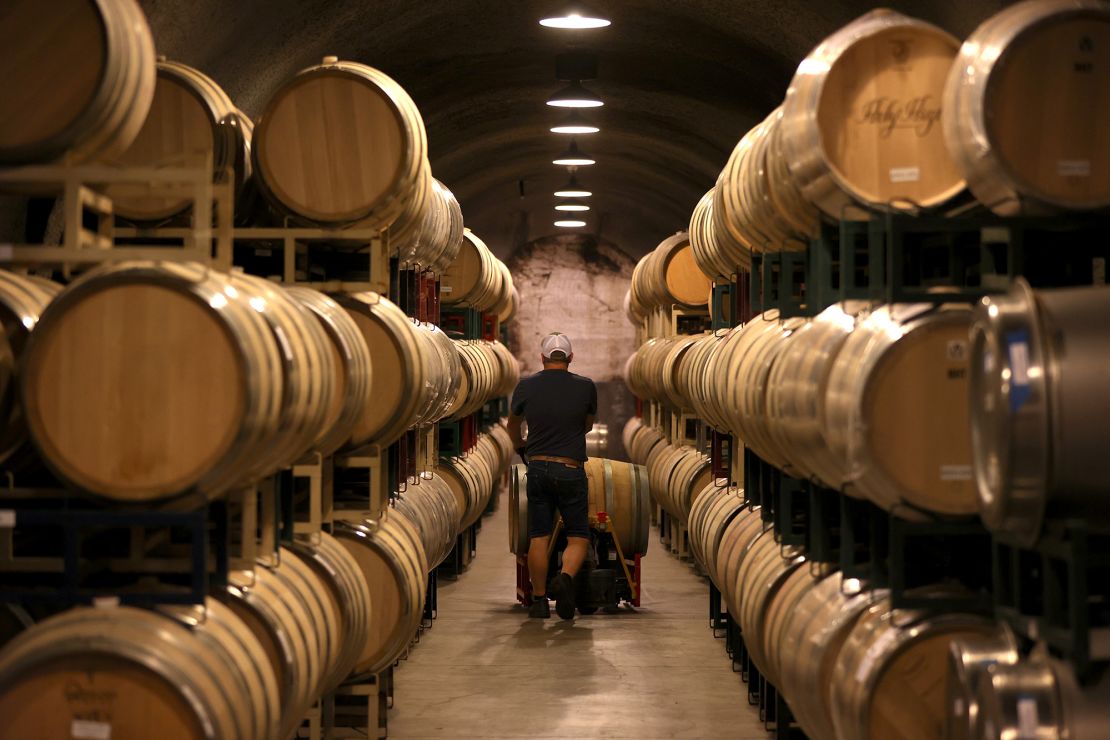
For example, during the “Judgement of Paris” competition in 1976, wines from Napa Valley, California, won both the red and white categories, beating legendary chateaux and domaines from Bordeaux and Burgundy in a blind taste test. Since then, American equivalents of red Burgundy wines produced in eastern France have risen in reputation.
Drinkers looking for a similar to a red Burgundy and white Burgundy, should look for a Pinot Noir and Chardonnay, respectively. Luvera said there’s “absolutely standout regions” in the US that make wines “similar in style and profile to the French counterparts” — for example, the Willamette Valley in Oregon, specifically Eola-Amity Hills, which are “putting out wines that rival some of the best stuff coming out of France.”
In California, the Russian River Valley in Sonoma and Santa Rita Hills in Santa Barbara in particular have “similarities between climate and some of the West Coast wine-growing regions” with Burgundy, France, Luvera said.
Drinkers looking for a flavor similar to Sancerre, a crisp white wine made in central France, can turn to a Sauvignon Blanc made in the Central Coast of California because those grapes are grown in similar climates to France.
Beyond California, Luvera points to Riesling white wines from, out of all places, the Finger Lakes in New York, which has an “incredible microclimate that’s very similar to some of the cooler climates in Europe, whether it be Germany, Austria, or parts of France like the Loire Valley.”
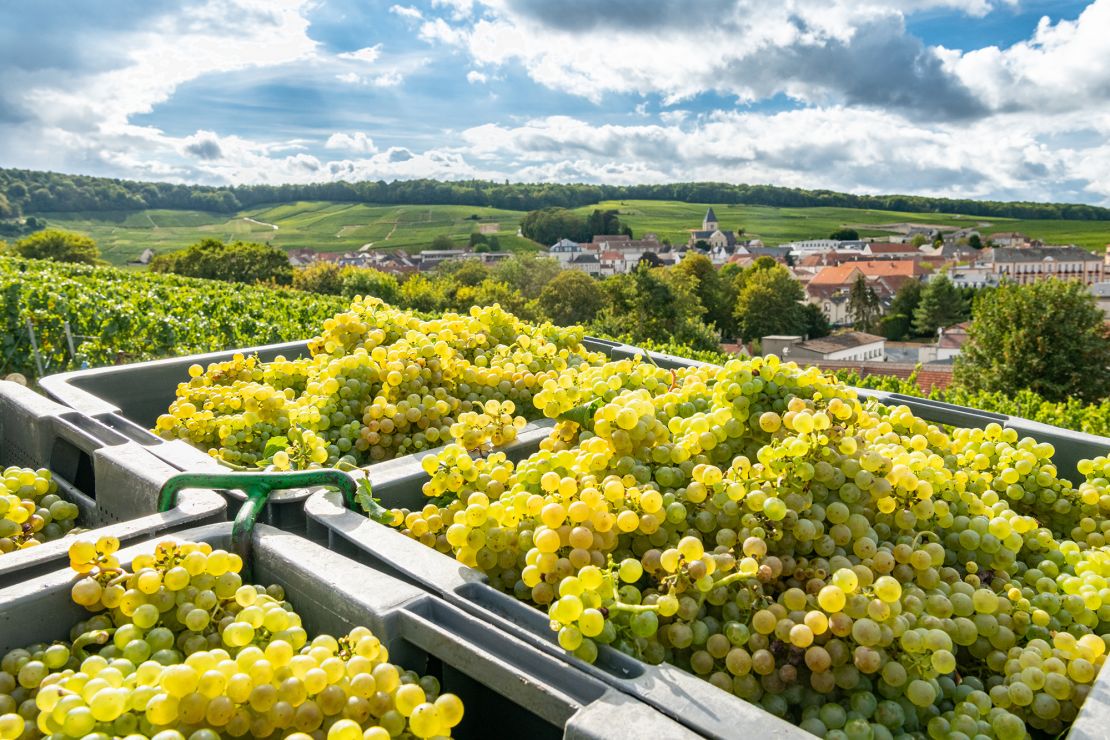
Perhaps the only wine that doesn’t have a one-for-one comparison is Champagne, which can only be made in specific regions of France. However, there are sparkling winemakers that use the same methods and grapes used in France, Luvera said, pointing to California-based Schramsberg Vineyards as one example.
“If somebody wanted to find a Champagne alternative here, they would want to look for a sparkling wine made in the United States that says ‘traditional method,’” she said. “That’s going to be the most similar product to Champagne.”
Lastly, since we’re shifting into the warmer months and “rosé all day” will inevitably seen on signs outside of our favorite wine bars, Luvera has an American-made alternative to the French-made pink-colored wine.
To get the “same light, approachable, delicious style” as rosé, drinkers can “look to California, specifically the Central Coast, and anything that’s made of Grenache,” she said, referring to the grape variety that’s widely used in wines and that’s native to France.
The US imports roughly $5.4 billion in wine from the EU, according to a Morningstar note, with the firm adding that with “such an extensive and valuable trading relationship, tariffs can have a materially negative impact on both markets.”
Luvera is aware that Juliet Wine stands to benefit from the tariffs, which are intended for US consumers to buy American-made products. But Luvera said she is against the tariffs because the wine industry is an “interconnected ecosystem of distributors, retailers and restaurants.”
“Everybody would be negatively impacted in some way, whether indirectly or directly, if these went into effect,” she said.
Although her company could experience a short-term lift in sales, Juliet Wine is ultimately dependent on distributors, retailers and other partners. She said the tariffs “would have a downstream effect on domestic producers, even if they, as individual brands, weren’t impacted.”
France is also feeling nervous about the impending tariffs. Pierre Gonet, a winemaker at Champagne Philippe Gonet, told BFM-TV, a CNN affiliate in Paris, that he’s “afraid that all our customers will run away from us” if Trump imposes tariffs.
He added that the industry is “still hoping that our leaders will be able to intervene and calm Mr. Trump down so that the Champagne stays Champagne.”



